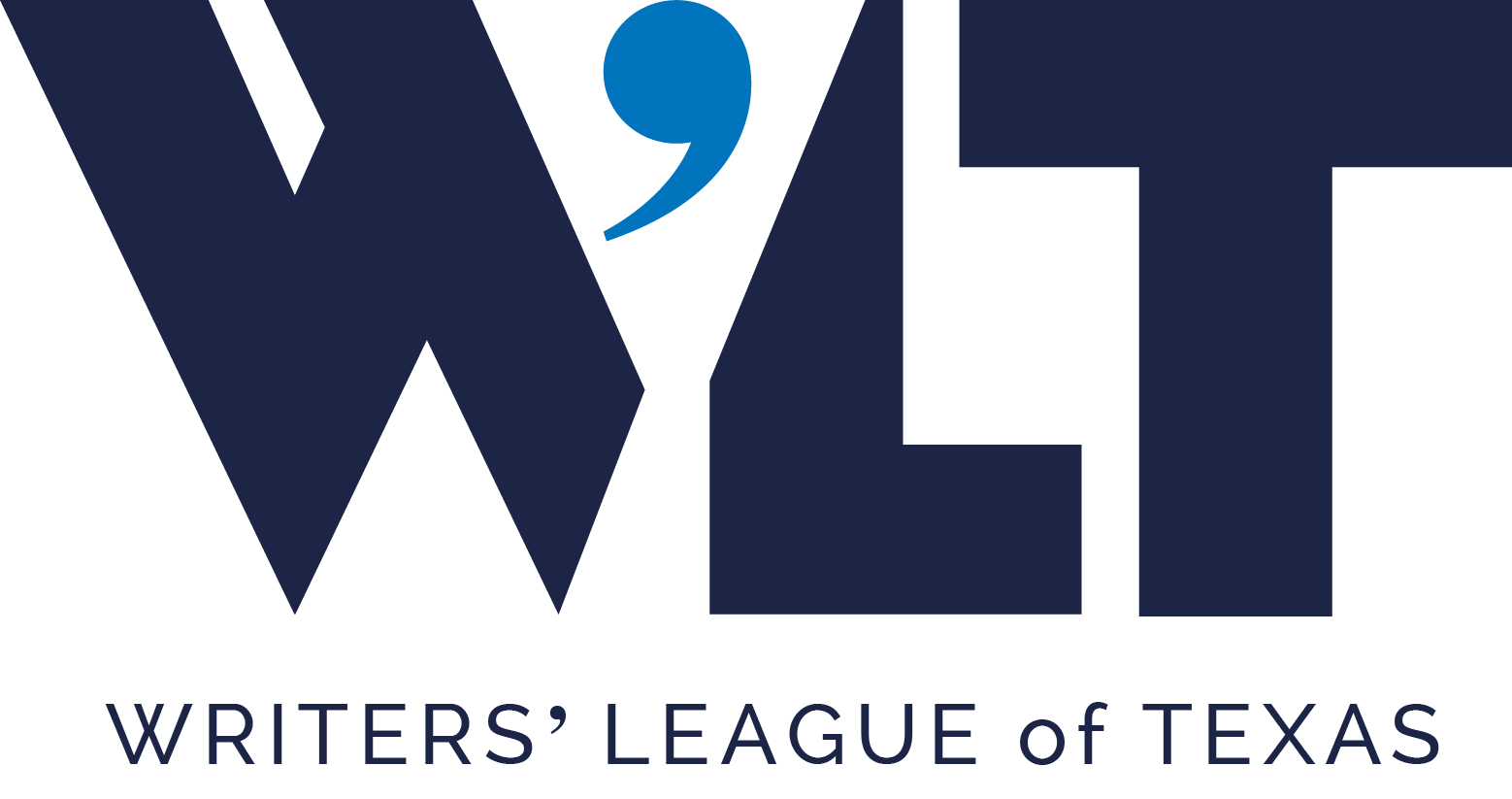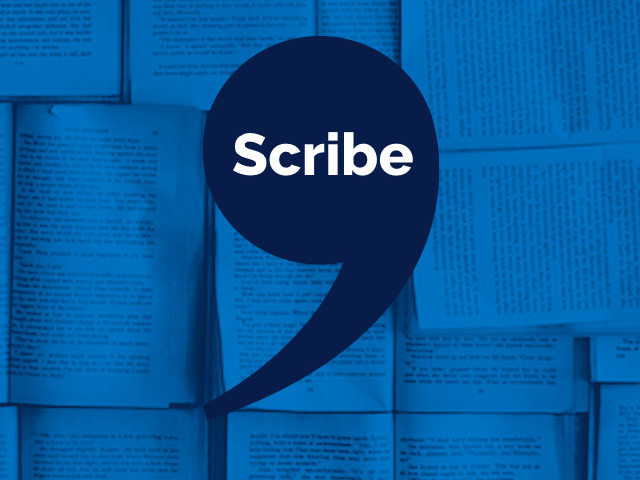“Most readers have an intuitive understanding of what a successful narrative voice feels like. It’s a feeling of being in good hands; a feeling of knowing you can trust the author to keep you entertained; a feeling of someone whispering—or screaming—into your ear.”
-Sara Kocek
Sara Kocek is the author of Promise Me Something (Albert Whitman, 2013) and the founder of Yellow Bird Editors, an Austin-based collective of independent editors and writing coaches. She holds an MFA in Creative Writing from New York University, where she taught fiction and poetry to undergraduates and worked as a full-time editorial intern at Random House and Penguin. Prior to pursuing her MFA, Sara graduated with a B.A. in English from Yale University, where she worked as Writing Fellow, tutoring undergraduate and graduate students in academic and creative writing.
Sara is teaching a class for the Writers’ League called “Who’s Telling Your Story – and How? Narrative Voice and Point of View in Fiction” on Saturday, April 23, 2016 at St. Edward’s University. Read the interview below and visit the class page to learn more.
 Scribe: In a couple of sentences, how would you define “voice”?
Scribe: In a couple of sentences, how would you define “voice”?
Sara Kocek: Voice refers to the words you choose (diction), how you arrange the words (syntax), and the attitude toward the characters and subject matter (tone). Put another way, it’s the soul of your story and the unique way that only you can tell it. I think most readers have an intuitive understanding of what a successful narrative voice feels like. It’s a feeling of being in good hands; a feeling of knowing you can trust the author to keep you entertained; a feeling of someone whispering—or screaming—into your ear. If you find yourself feeling this way about a book, chances are it has a strong narrative voice.
Scribe: How do you decide which point of view to use in a story or novel?
SK: I am a big fan of first-person and close third-person points of view, and I have written stories in both of these narrative modes. Sometimes close third-person POV can feel so personal and intimate that I accidentally find myself writing “I” instead of “she” or “he”. Usually I find that a story idea presents itself to me in either first-person or third-person, and I think it’s best to stick with whatever first popped into my head, rather than overthinking it too much. That said, if you’re having trouble achieving a specific goal with your manuscript—for instance, if you’re having trouble creating a sense of intimacy between the reader and the character—it can sometimes be effective to try switching the narrative mode from third person to first person, or vice-versa.
Scribe: What’s an example of a time when you struggled with narrative voice?
SK: I have a middle grade manuscript that I struggled with for years because I couldn’t land the voice. I wanted to write for a young audience, but I was attached to certain passages that were fundamentally intended for adults, not kids. My friends and family kept praising the voice, telling me they loved its “adult sensibility” (meaning they, as adults, got the jokes). It took me years to figure out that the same passages they were praising were the ones I needed to cut in order to create a consistent middle grade voice.
Scribe: In your book, Promise Me Something, what perspective(s) do you write from? How did you get into this narrative voice?
SK: Promise Me Something is told in the first-person, exclusively from the protagonist’s point of view. This is the easiest way to write a book, since you don’t have to worry about any of the problems that come with head-hopping—inconsistencies, irregular patterns, voices that sound too similar, etc. This wasn’t really a deliberate choice on my part; the story simply came into my head that way, and I ran with it. There were limitations, of course. When I wanted to convey what other main characters were feeling, I had to filter everything through my protagonist’s point of view, asking myself, “How would Reyna see it?” Whether you choose to write in the first-person, third-person, or even omniscient voice, there are limitations with every narrative mode. Your challenge as a writer is to minimize those limitations by picking the mode that will best serve the story you’re trying to tell.
Scribe: What’s an example of a story with multiple narrators that works well and why do you think it works so well?
SK: I have always loved The Poisonwood Bible by Barbara Kingsolver. I think it works incredibly well because each of the four first-person voices is incredibly unique. You can open up the book at random, read one or two sentences, and know right away whose point of view you’re in. It’s not just that the four narrators’ personalities are very distinct; it’s that their voices—the language they use to give shape to their thoughts, and the way they construct their sentences—are so different. It also helps that the point of view shifts in The Poisonwood Bible have a regular pattern (alternating by chapter). I’ve read too many manuscripts where the point of view shifts back and forth on the same page—sometimes even within the same paragraph—which can be incredibly difficult to follow. Of course there are writers who have managed to pull this off without confusing their readers (More than it Hurts You by Darren Strauss comes to mind), but I think this is harder to achieve, particularly for new writers. For this reason, I generally urge writers to ere on the side of clarity and create obvious delineation (e.g. chapter breaks or scene breaks) every time there is a shift in point of view.
—
Thanks, Sara!
Click here to register for Sara’s class.
Click here for our current class schedule.









